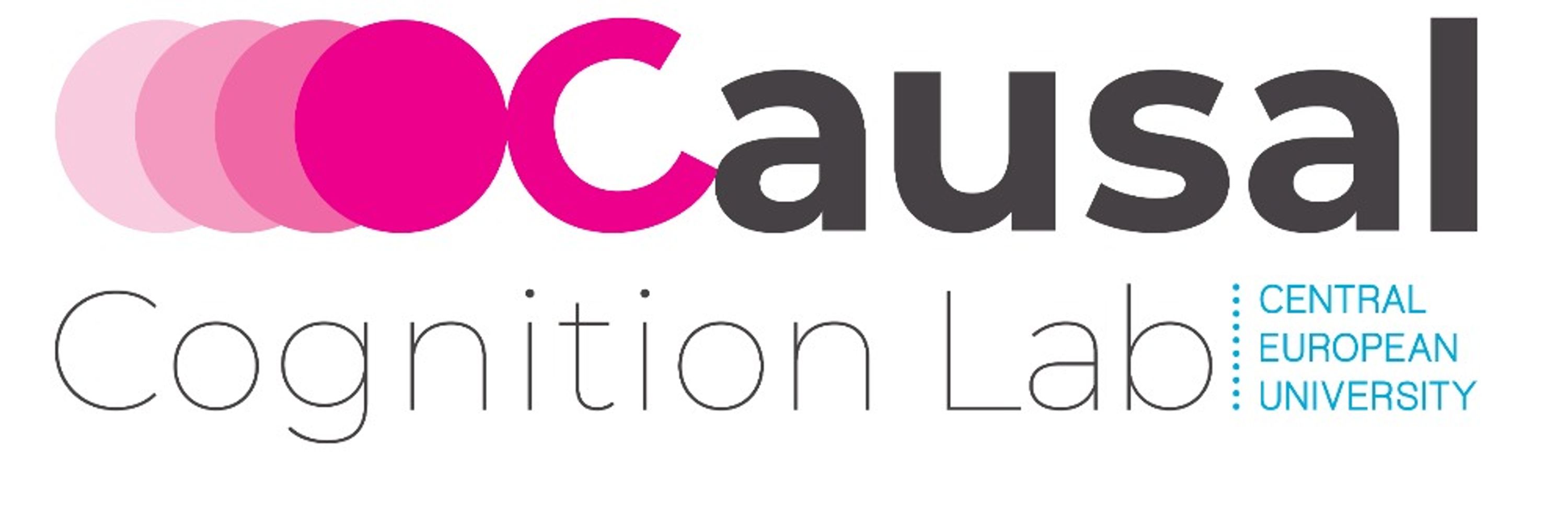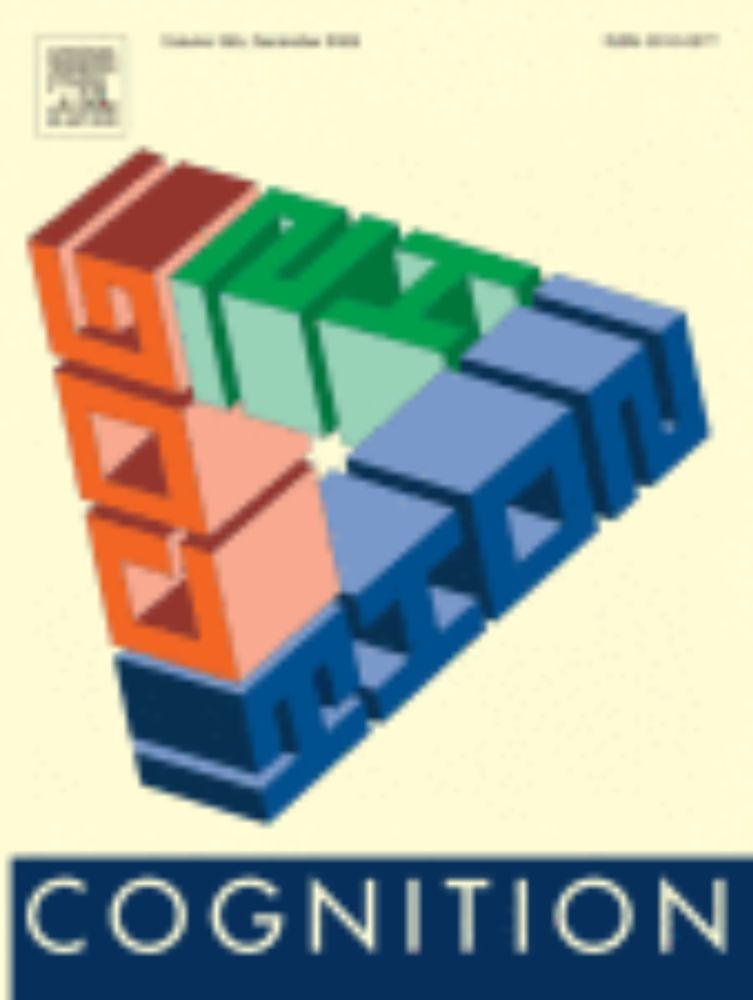Jonathan F. Kominsky
@jfkominsky.bsky.social
1.4K followers
550 following
710 posts
(he/him) Assistant Professor of Cognitive Science at Central European University in Vienna, PI of the CEU Causal Cognition Lab (https://ccl.ceu.edu) #CogSci #PsychSciSky #SciSky
Personal site: https://www.jfkominsky.com
Posts
Media
Videos
Starter Packs
Pinned
Reposted by Jonathan F. Kominsky
Reposted by Jonathan F. Kominsky
Reposted by Jonathan F. Kominsky
Reposted by Jonathan F. Kominsky
Reposted by Jonathan F. Kominsky








